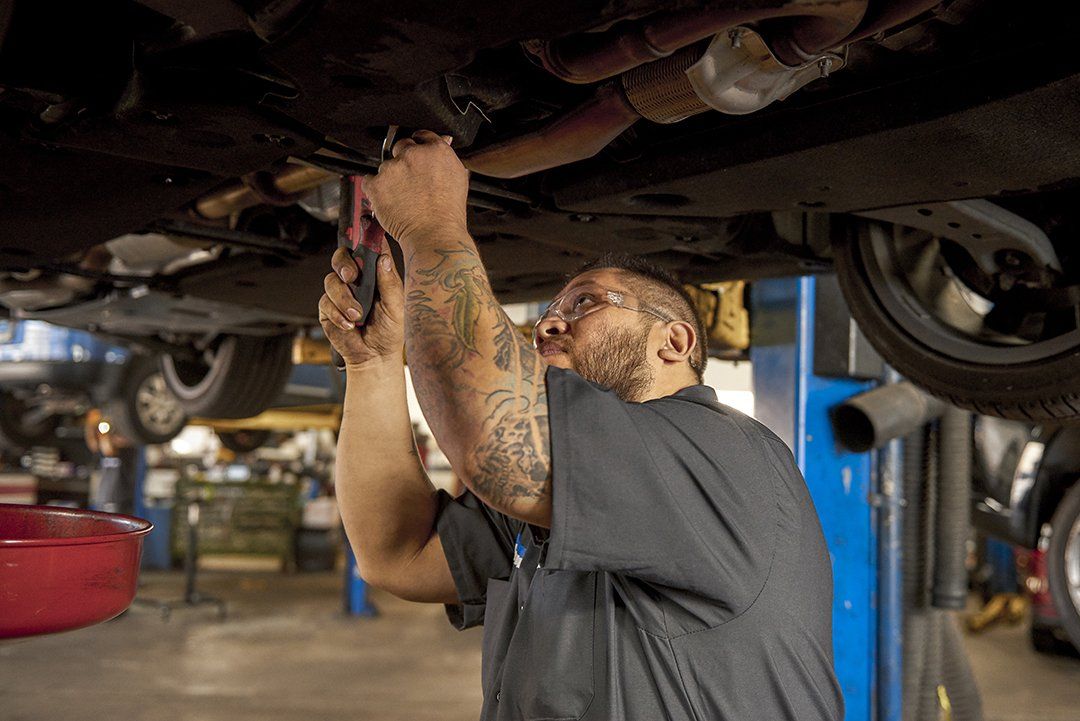Manual transmission systems, additionally understood as hands-on transmissions or stick changes, call for chauffeurs to by hand pick equipments utilizing a gear stick and operate a clutch pedal. This configuration gives straight control over the car's power and speed, permitting a more involved driving experience. The core parts of a hands-on transmission consist of gears, shafts, and synchronizers, which function with each other to transmit engine power to the wheels effectively.
In a regular handbook transmission, the chauffeur uses the clutch pedal to disengage the engine from the transmission, picks the desired equipment using the gear stick, and afterwards launches the clutch to re-engage the engine with the new gear ratio. This process permits precise control over the vehicle's performance, making it possible for motorists to enhance power distribution for various driving conditions. The direct mechanical link in manual transmissions often leads to better gas effectiveness and an extra linked feeling between the chauffeur and the lorry.

The drivetrain in automobiles with manual transmissions includes a number of vital parts:
•Clutch: Engages and disengages the engine from the transmission to enable equipment changes.
•Gearbox: Includes a collection of equipments that can be selected to adjust the automobile's rate and torque.
•Driveshaft: Transfers power from the transmission to the differential.
•Differential: Disperses power to the drive wheels while allowing them to turn at different rates, especially throughout turns.

Recognizing these components is essential for proper automobile upkeep and operation, making certain a smooth and receptive driving experience.
Check for more info at Logan Square Auto Repair - Automatic/Manual Transmission Systems Facebook Youtube Instagram
Navigation
Latest Posts
Simplifying Your Hyundai Financing Journey
Check Your Current Ride’s Value Fast — Receive the Best Deals at Friendly Lincoln
Turning for a Cause at Mercedes-Benz of Caldwell's Golf Occasion